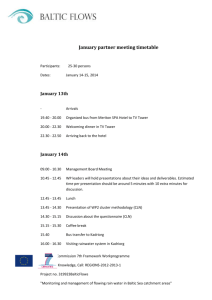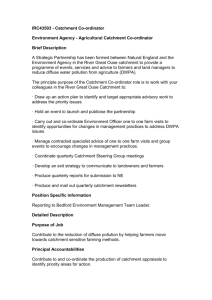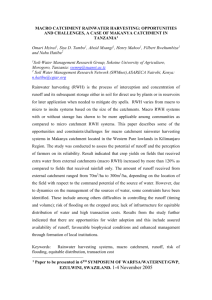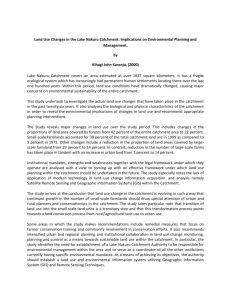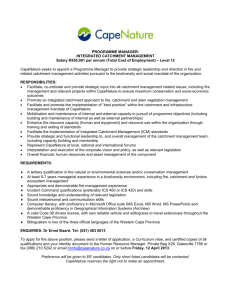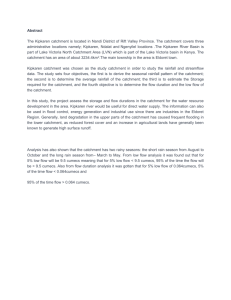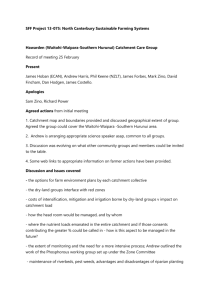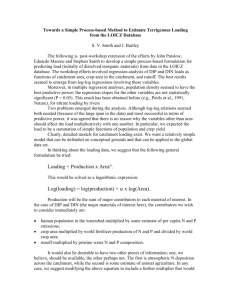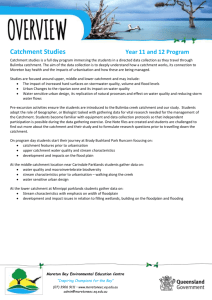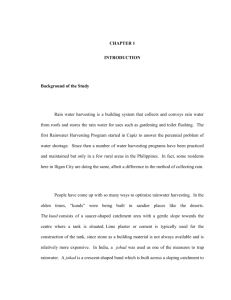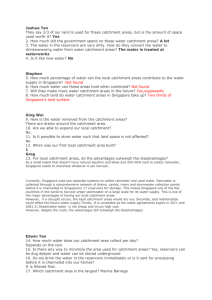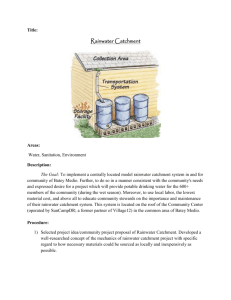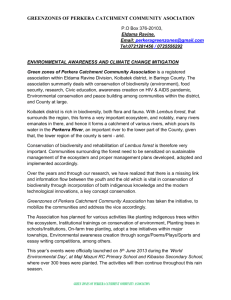2A1_Answers - Hwa Chong Institution
advertisement
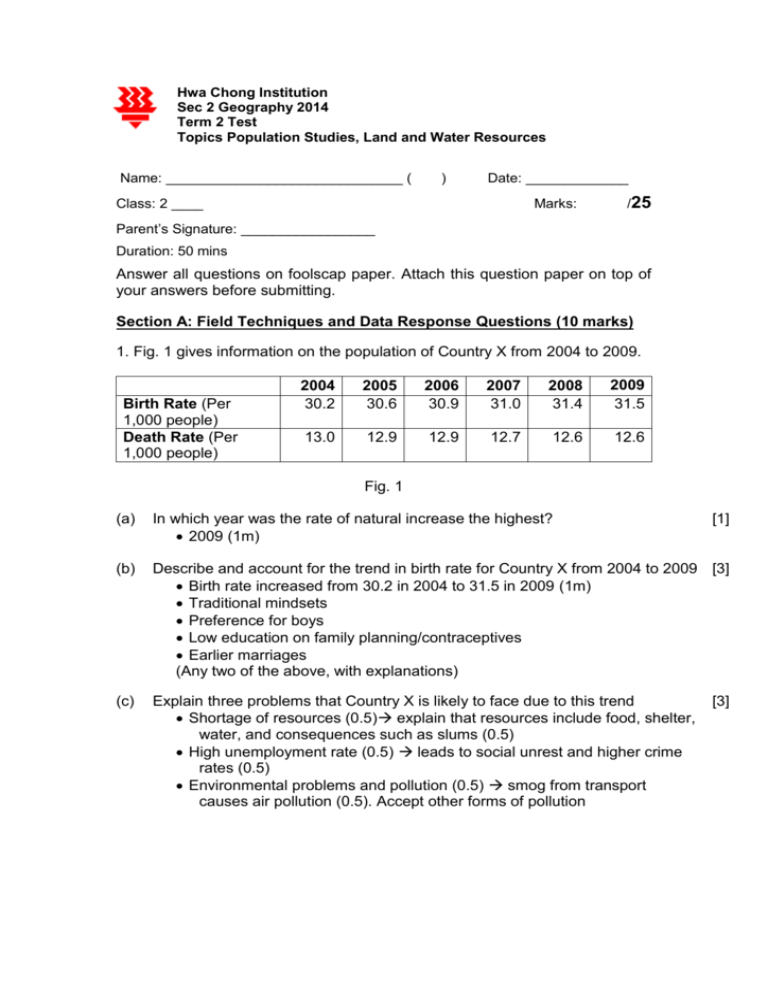
Hwa Chong Institution Sec 2 Geography 2014 Term 2 Test Topics Population Studies, Land and Water Resources Name: ______________________________ ( ) Date: _____________ Class: 2 ____ Marks: /25 Parent’s Signature: _________________ Duration: 50 mins Answer all questions on foolscap paper. Attach this question paper on top of your answers before submitting. Section A: Field Techniques and Data Response Questions (10 marks) 1. Fig. 1 gives information on the population of Country X from 2004 to 2009. Birth Rate (Per 1,000 people) Death Rate (Per 1,000 people) 2004 30.2 2005 30.6 2006 30.9 2007 31.0 2008 31.4 2009 31.5 13.0 12.9 12.9 12.7 12.6 12.6 Fig. 1 (a) In which year was the rate of natural increase the highest? 2009 (1m) [1] (b) Describe and account for the trend in birth rate for Country X from 2004 to 2009 [3] Birth rate increased from 30.2 in 2004 to 31.5 in 2009 (1m) Traditional mindsets Preference for boys Low education on family planning/contraceptives Earlier marriages (Any two of the above, with explanations) (c) Explain three problems that Country X is likely to face due to this trend Shortage of resources (0.5) explain that resources include food, shelter, water, and consequences such as slums (0.5) High unemployment rate (0.5) leads to social unrest and higher crime rates (0.5) Environmental problems and pollution (0.5) smog from transport causes air pollution (0.5). Accept other forms of pollution [3] 2. Fig. 2 shows the population pyramid of China in 2000 Fig. 2 (a) With reference to Fig. 2, describe China’s population characteristics Narrow base (0.5) low birth rate (0.5) Relative broad top (65 – 85) that stretches high (0.5) high life expectancy (0.5) Steep gradient (0.5) low death rate (0.5) Sex ratio relatively balanced (0.5) If you point out that more males in the (15 – 40) range, you get (0.5) [3] Section B: Structured Essay and Open Ended Questions (15 marks) “PUB 3 […] expanded our existing reservoirs - MacRitchie, Peirce and Seletar. They . created new ones in Kranji or Bedok. They developed innovative technologies and schemes to collect rainwater from urban catchments…” – Mr Lee Hsien Loong, Singapore’s Prime Minister Describe the strategy to cope with Singapore’s water scarcity as suggested above. Explain one benefit and one limitation of the strategy. Water catchment areas can be used to increase the supply of freshwater. A water catchment area is an area over which rain falls and is collected. Nature reserves are often used as catchment areas since trees help store rainwater that falls in the catchment. Rainwater is intercepted by the trees and then absorbed into the soil. By flowing through spaces between soil and rock formations, the water eventually flows into the reservoir for storage. (Any four of the above points) Benefit - Using water catchment areas is effective as it obtains freshwater at a lower cost than other methods (0.5) rainwater is cheaper to purify than salt water, as it does not contain salt and other sediments. (0.5) [4] Benefit - Moreover, building water catchment areas also increases the amount of dedicated recreational land for people to enjoy (0.5) as the forested nature reserves are not used for other purposes. (0.5) (Any benefit, explained) Limitation - The use of water catchment areas may not be very viable for countries with small land space, As such countries already have little land to set aside for these purposes. Small land space also means that the rainfall that can be collected in these reservoirs is limited. Furthermore, precipitation may be unpredictable at times (Any two of the above) 4. “Arab countries are increasingly worried that scarce water supplies in arid regions in the Middle East are insufficient for their populations.” [3] Explain three reasons why the Middle East’s supply of water is limited. Natural limited supply of fresh water in the world 97% of water is salt water (0.5) Of this 3% of freshwater, most are very difficult to extract; groundwater or trapped in ice caps (0.5) Climate makes some areas have less water than others (0.5) ; some countries that have an equatorial climate with rain all year round (Brazil, Peru, Southeast Asian countries) may not face severe water constraints (0.5), Whereas other countries that have a dry, desert climate (Egypt, Middle Eastern countries) may face more pressing water shortages. (0.5) Pollution lowers water supply (0.5) Polluted waters cannot be used for daily use (0.5) 5. “Landfill is the best long-term method to address a country’s land scarcity problems.” How far do you agree? Sources cited: Fig. 1: http://www.tradingeconomics.com/germany/population-growth-annual-percent-wbdata.html Fig. 2: http://michelbaudin.com/2012/07/11/metrics-in-lean-part-5-lead-times-and-inventory/ [8]
